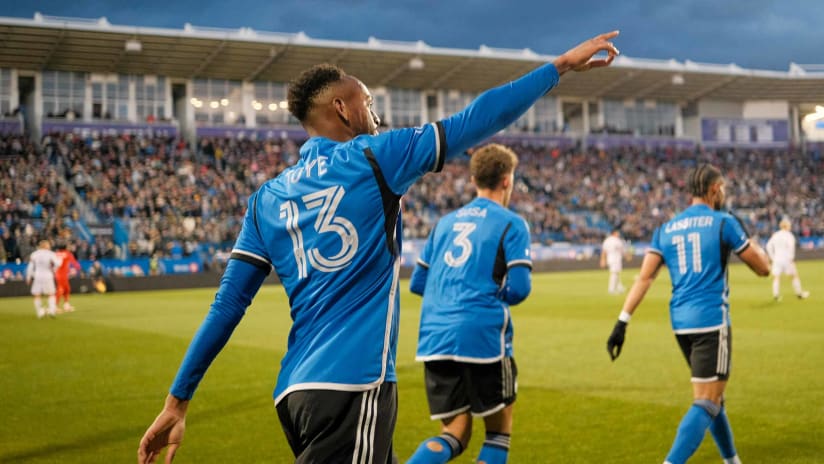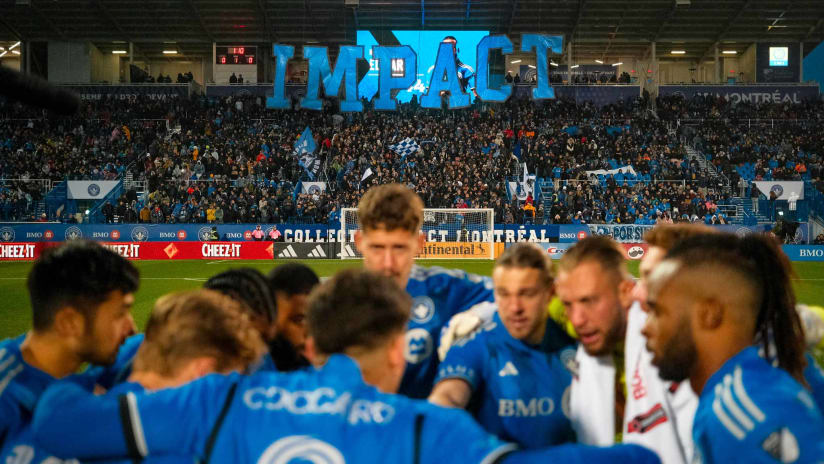Good intentions were always evident, both on and off the field, but the final element that would provide the league with a new dimension was missing.
The change happened during the winter of 2006-2007, with the introduction of a new policy that the Americans summarized with two words: “game first”. The league decided to decentralize a little, giving the clubs more space to operate. Teams were now at liberty to do more on the business front, such as generating revenue through merchandising, and on the sports front, such as developing young players.
DESIGNATED PLAYER: TO EACH THEIR OWN
The clubs were also able, for the first time and with certain conditions, to have the name of a commercial sponsor appear on their jerseys. Once again, MLS was getting closer to the standards of other leagues around the world, on and off the field, which proved to be quite beneficial. However, the salary cap remained an important stumbling block when trying to attract quality players, most notably when David Beckham expressed interest in playing in the United States.
With that, the designated player rule was born, allowing teams to sign a player with only a portion of his salary counting towards the salary cap. Over the seasons, the rule evolved and today, each team is entitled to have three designated players under contract. After Beckham (Los Angeles), other international stars arrived, including Juan Pablo Angel (Los Angeles), Cuauhtémoc Blanco (Chicago), Thierry Henry and Rafael Marquez (New York). The development of the rule allowed clubs to not only attract players with more interesting names, but more importantly, to add players of a higher skill level, which would elevate MLS to another level.
Guillermo Schelotto (Columbus), Branko Boskovic (DC United), David Ferreira (Dallas) and Alvario Saborio (Salt Lake) were some great examples. Americans like Claudio Reyna and Landon Donovan were also able to play in their own country for a salary that properly reflected their talent level. Each club decided upon its own policy, signing three designated players or none, giving them lucrative or smaller contracts, and relying more or less on their star power.
“If there was no salary cap, it would change a lot of things... but for that you’d have to talk to the people who make those decisions,” said Thierry Henry, when asked about the limitations of the system, during his visit to Montreal earlier this year.
“The designated player rule gives us a better product on the field, creates curiosity, starts discussions and bolsters the identities of each and every club,” said MLS Vice President Todd Durbin, a few months back.
The 2007 season marked the debut of Toronto FC in MLS, the league’s first Canadian team. Toronto’s front office immediately launched a partnership with its supporters and the club enjoyed incredible popularity from day one. Since then, four seasons of disappointing results have somewhat dampened that enthusiasm.
Wrapping up that season on a high note, MLS announced that, for the first time in its history, it had actually made money through its television broadcast rights.
NEW CLUBS, MORE SUCCESS
The next few seasons would be marked by the arrival of new teams, from 13 in 2007 to 18 this season and 19 with Montreal in 2012. The majority of the new clubs applied the Toronto model with great success, adapting to their own reality and often finding ways to make it even better. In 2009, Seattle became the first club to advance from D2 to MLS. Seattle’s success was undeniable, both on the pitch (fourth in regular season play and a victory at the US Cup), as well as in the stands (incredible and colourful ambiance with an average attendance over 31,000 fans, tops in MLS), allowing the club to make money in its inaugural season.
A few months later, the league announced the arrival of two new clubs with a profile similar to that of Seattle’s: Vancouver and Portland. Both cities also sit at the edge of the Pacific and come from D2, where they often faced off against the Impact. They played their first MLS game this season. In the meantime, Philadelphia started playing in MLS in 2010 with a comparable level of success and popularity, while New York inaugurated Red Bull Arena, considered to be the crown jewel of soccer stadiums in the United States.
Despite the presence of new clubs in big-city markets, high profile player signings and increased budgets, two clubs from medium-sized markets have made the biggest impression on the pitch over the last few seasons. Columbus has been the most consistent, twice finishing at the top of the regular season standings and capturing the 2008 MLS Cup, while Real Salt Lake reached the Champions League final, a first for an American team since the new format was introduced in 2008.
With more diversity and quality on and off the field, increased conformity towards international standards, a higher level of play, nearly all stadiums adapted for soccer, more autonomy for the clubs, a better development system for young players and popularity and credibility on the rise, Major League Soccer took great strides in just a few years. It came to the point where Montreal simply had to be a part of it all.
“In speaking with Don Garber, I understood the importance of moving to MLS,” declared Montreal Impact President Joey Saputo. “Discussions with close contacts, such as the owners in Portland, Seattle and Vancouver, allowed me to properly evaluate the situation. When we look at the success of those teams, as well as Toronto and Philadelphia, it’s clear that the next logical step was to advance to MLS. What’s better... being the king of your sandbox or playing in the yard with the big boys?”
When the Impact announced on May 7, 2010 that it would be moving to Major League Soccer, the organization knew beyond a shadow of a doubt that it would be entering a league in full bloom with unlimited potential.
Matthias Van Halst, Impact Média
CFMTL Media




